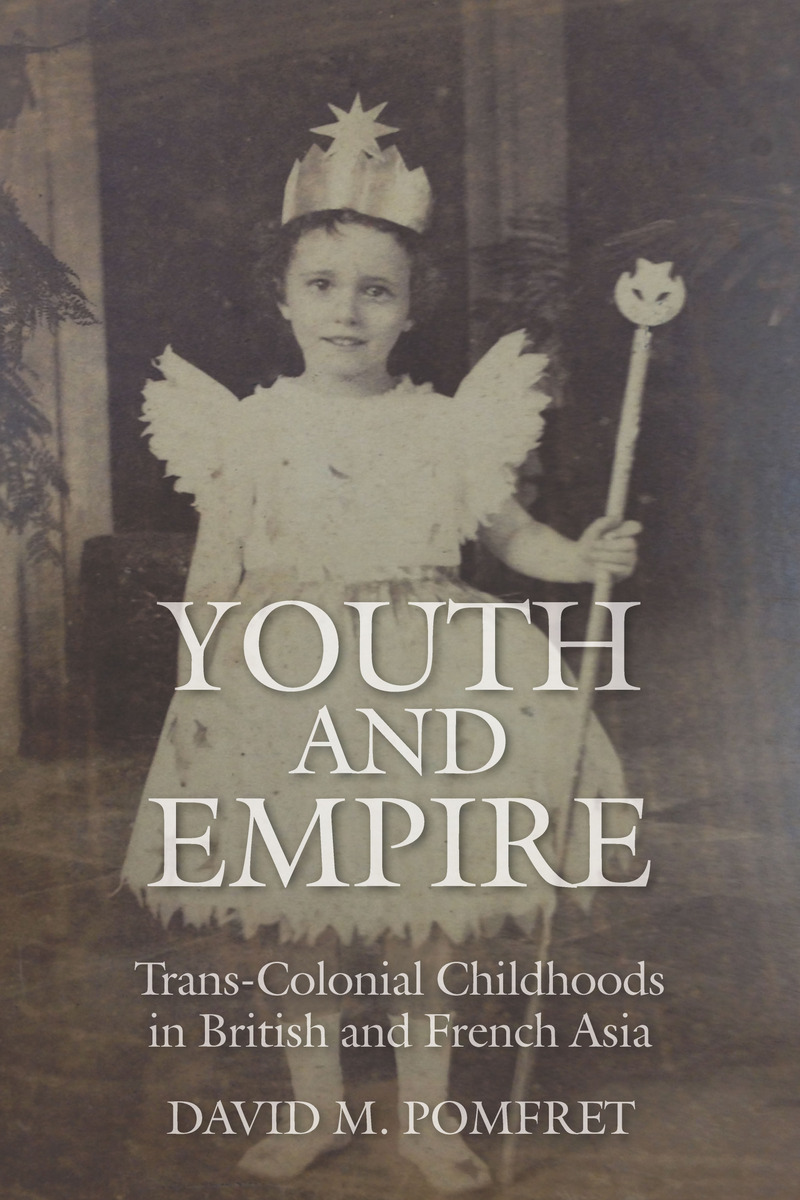Race and the Obama Administration: Substance, Symbols and HopePosted in Barack Obama, Books, Media Archive, Monographs, Politics/Public Policy, United States on 2017-06-08 01:57Z by Steven |
Race and the Obama Administration: Substance, Symbols and Hope
Manchester University Press
160 pages
June 2017
Hardcover ISBN: 978-1-5261-0501-1
Paperback ISBN: 978-1-5261-0502-8
eBook ISBN: 978-1-5261-0503-5
Andra Gillespie, Associate Professor
Department of Political Science
Emory University, Atlanta Georgia
- Employs a novel comparative analysis of the Clinton, Bush and Obama Administrations to determine if Obama’s performance on racial issues differed significantly from his immediate predecessors
- Does distinct analyses of Barack Obama’s performance on substantive and symbolic issues of importance to African Americans
- Uses a commissioned public opinion data set of black voters to probe attitudes toward President Obama and explanations for his performance on racial issues
- Encourages readers to consider the ways that institutional constraints on the presidency and candidates’ campaign choices limit the role of the president to address racial issues
The election of Barack Obama marked a critical point in American political and social history. Did the historic election of a black president actually change the status of blacks in the United States? Did these changes (or lack thereof) inform blacks’ perceptions of the President?
This book explores these questions by comparing Obama’s promotion of substantive and symbolic initiatives for blacks to efforts by the two previous presidential administrations. By employing a comparative analysis, the reader can judge whether Obama did more or less to promote black interests than his predecessors. Taking a more empirical approach to judging Barack Obama, this book hopes to contribute to current debates about the significance of the first African American presidency. It takes care to make distinctions between Obama’s substantive and symbolic accomplishments and to explore the significance of both.







